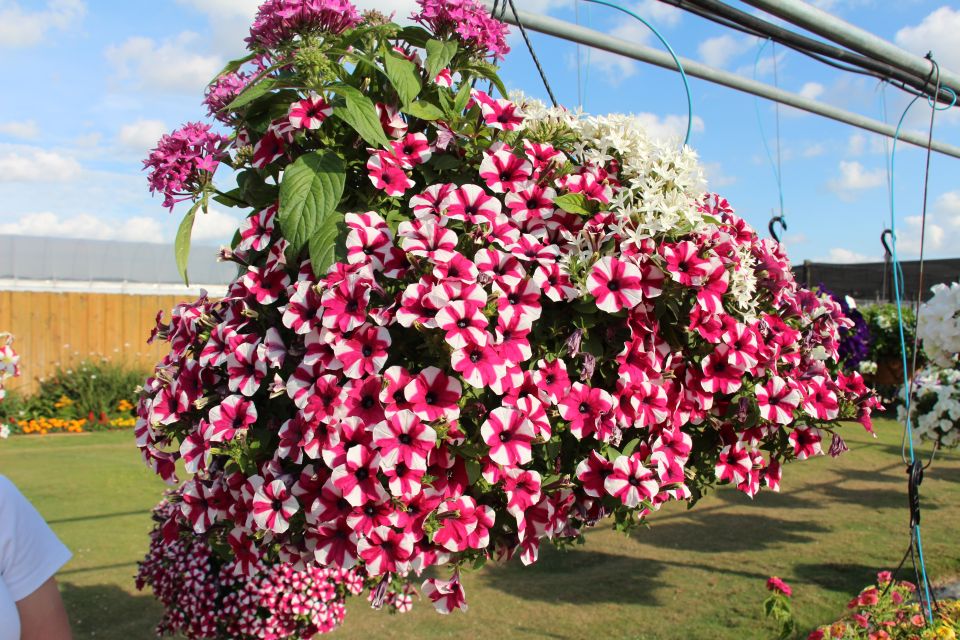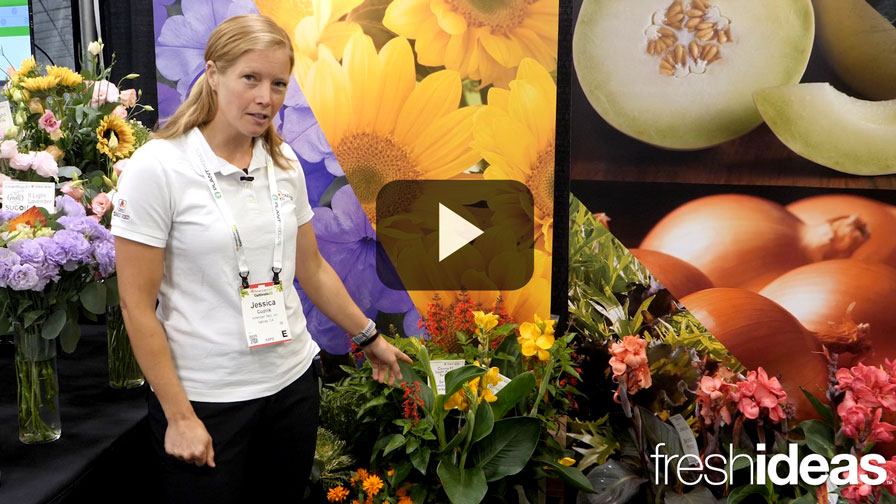Why It’s Vitally Important For You to Know Your End Consumer

“We’re embracing an opportunity to build relationships with the plant community and putting more effort into connecting with the end consumer,” said Costa Farms CEO Joche Smith in August. Photo: Greenhouse Grower
It wasn’t too many years ago there was a huge disconnect between consumers and food producers. There were people in the world who didn’t know milk came from a cow, much less that the cow lived on a farm. Some thought tomatoes grew underground or that cheese came from a plant, and they knew next to nothing about farming and ranching. Those types of consumers may still exist today, but the numbers are dwindling. Today’s consumers are better informed; they’re more tuned in to how and where their food is produced. The days of a food producer remaining in obscurity, far removed from interacting with the end-consumer, are coming to a swift close. I would argue the same is true for ornamental plant producers, or at the very least, it is on the horizon.
I’m starting to hear more about an increasing disconnect between plant producers and the end consumer. You’re probably familiar with how the discussions go. Growers have an out-of-sight, out-of-mind mentality with end consumers because they don’t have to interact with them or answer to them when things go wrong.
I’m not here to point the accusing finger. Rather, it is a good time to reemphasize that we all have a responsibility toward ensuring end consumers have a good experience with the plants they buy. We all sooner or later will answer to the end consumer because they vote with their dollars. Without their purchases, there is no product to sell, no product to grow.
When Costa Farms announced in August a shift in its commercial strategy to put increased focus on the end consumer (learn more here), I was intrigued by the following statement in the press release from CEO Joche Smith.
“With changing demographics and the continued enthusiasm with gardening, we’re seeing that more consumers than ever want to communicate with the team that grew their plants,” Smith said. “We’re embracing this opportunity to build relationships with the plant community and putting more effort into connecting with the new consumer.”
Costa has the right idea in seizing the opportunity to interact with its consumers and develop better relationships, particularly by positioning itself as a sought-after consumer brand. Say what you want about branding, but it is a differentiator and an educator of sorts because as consumers, we associate the various brands we see on retail shelves, either positively or negatively, with different things, such as quality, information, price points, concepts, experiences, people, or emotions.
I don’t know about you, but I’m tired of seeing a tangled mass of indistinguishable six-packs of plants on garden center benches. Growers deserve better than that. It’s about time they received some credit for their efforts to produce top-notch, quality plants by having consumers who seek after them. Consumers also ought to have better. They deserve the right to make educated choices about the plants they buy based on who grew them and who bred them.
Many greenhouse lettuce producers already have their personal brands and include their names on the packaging — Gotham Greens, Mucci Farms, and Little Leaf Farms, to name a few. Why can’t other growers do the same? It’s a great opportunity to connect with the end consumer. It’s the equivalent of putting a name to a face. We’re all asking ourselves how we can retain existing gardeners and attract new ones. With e-commerce and social media readily available to reach the end consumer, I think a new era has arrived where growers are even more involved with the end consumer than ever before, where increased attention is paid to the needs of the end consumer. And it is all good for the industry. We know we are dealing with a new breed of consumer.
Customer engagement is changing. They crave interaction. The businesses that grow and find continued success will be those that do more to build their business around their customers. Happy growing!










